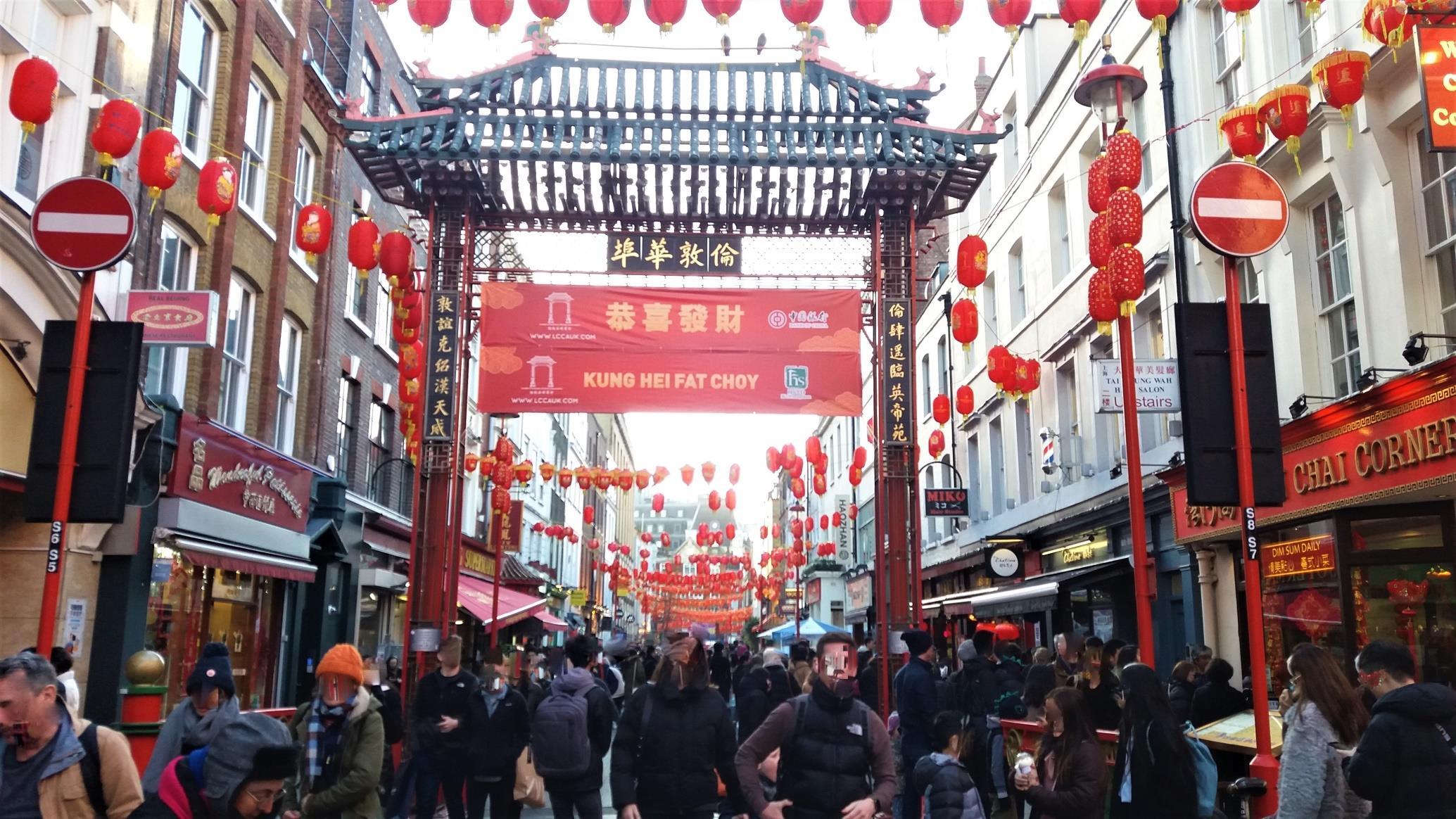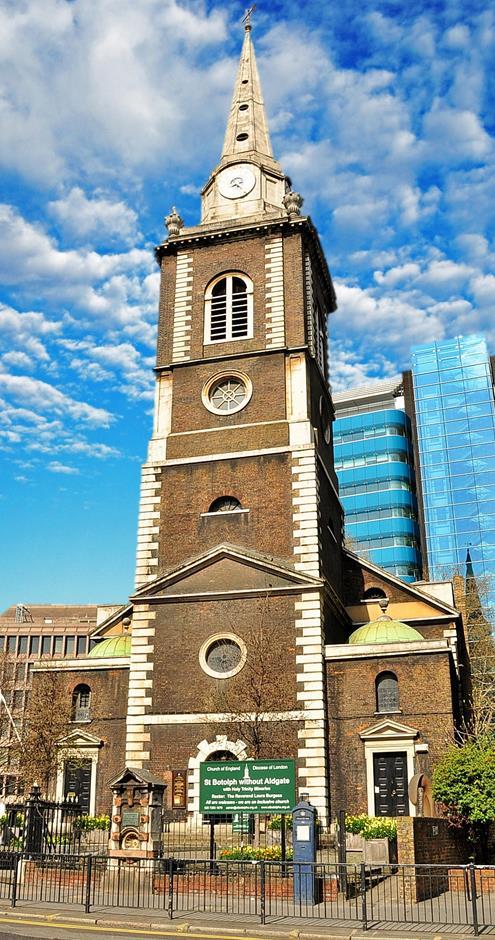
4 minute read
10 The Old Gates of London
O ld G ates o f L on don b y Caroline-Artemis Laspas
The wall marked out the city boundary for two miles, and would remain almost unchanged for 1,700 years! It was one continuous structure and was one of the largest construction projects carried out in Roman Britain with the wall height reaching up to 10 meters.
Advertisement
The London Wall was the city’s defensive wall. Today it is the name of a road in the City of London running along part of the course of the old wall.
London Wall
A small part of the original 3rd century Wall can be seen today in Cooper's Row near Tower Hill tube station.

Today, nothing is left of the actual gates, but their names are synonymous to London. Most were destroyed as the city grew and roads were widened and created reaching out into the surrounding areas.

The city was a major Roman trading hub and sitting on the River Thames was a bustling port, until the Romans left in the 5th century.
The cities intricate network of roads, is unlike any city, including one long straight ‘roman road’, and that’s Edgware Road, which leads away from Marble Arch. It is the longest road in the UK!
Although the city was originally quite small, it was sophisticated compared to other cities at the time and had an amphitheatre, temples and markets.
Amazingly some of these Roman ruins can still be seen.
The gates around the city were not necessarily that welcoming, often ‘decorated’ with the beheaded heads of traitors! They controlled who came in and out of the city and were used as a tax collection point too. They were also used at times as prisons, of which Newgate was known to be the most famous and feared!

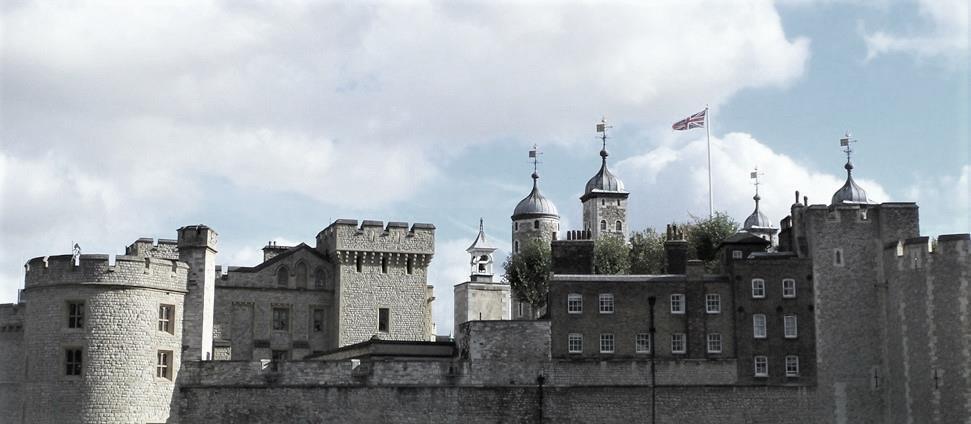
London Tower Hill

Stretching from Tower Hill to Blackfriars the city wall with its 7 gates also had mini pedestrian gates called ‘posterns’. The gates were multi-storey buildings that had one or two archways through the middle for traffic to pass.
The Seven Gates of London were: Aldgate, Bishopsgate, Moorgate, Cripplegate, Aldersgate, Newgate and Ludgate.
Aldgate which means ‘east gate’ led out towards the UK’s Roman provincial capital, Colchester in the East of the country. Like the city’s other gates, it was fortified with portcullises and chains due to concerns about potential attacks by the French!

Aldgate
Bishopsgate would be located in the grounds of the church of St Botolph without Bishopsgate. The road through the gate would have led up towards the city of Cambridge.
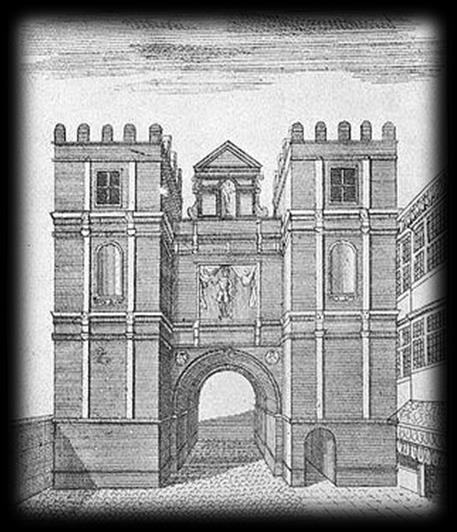
Bishopsgate
Moorgate was the last gate to be built and takes its name from the Moorfields, an area of marshy land.
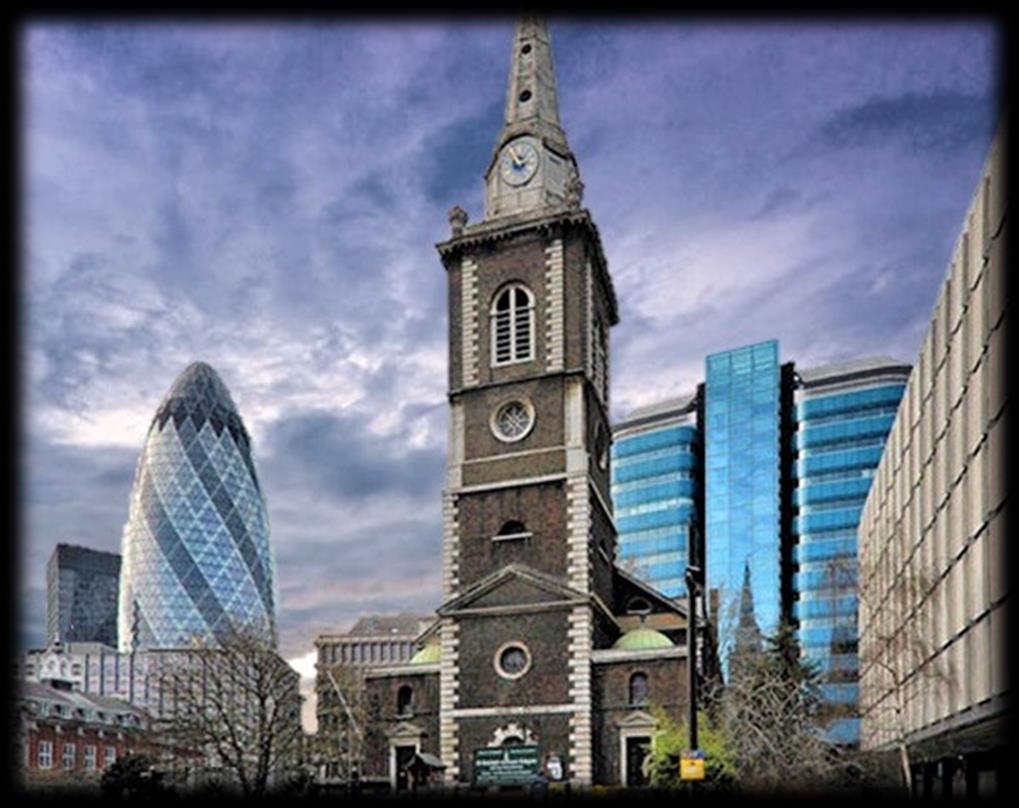
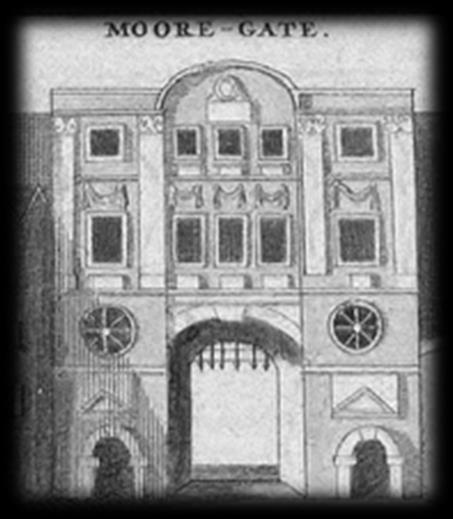
Cripplegate is thought to get its name from the Old English crypel-geat; a cripple was ‘one who can only creep’ or it was necessary to bend down to get under the original low arch. After the area was destroyed in WWII, the Barbican cultural and exhibition centre was built on the original site, but you can still see sections of the old city wall.
Cripplegate
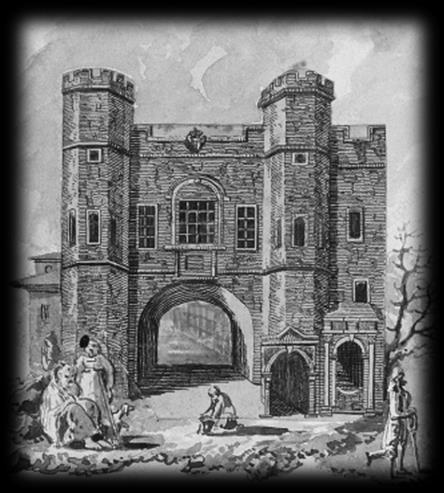
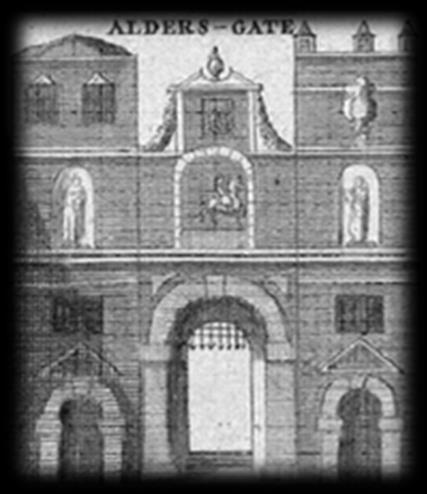
Aldersgate is located close to the Museum of London. There is a plaque noting its location close to the ancient Lord Raglan pub. Parts of the Roman fort can still be seen on Noble Street.
Ludgate was the westernmost gate in London’s city wall. It led to the Romans' main burial site in what is now Fleet Street. It is very close to St. Paul's Cathedral, which is believed to be the site of a Roman temple of the goddess Diana (the Greek Goddess of Artemis).
During the Great Fire of London in 1666, almost all of the City of London inside the wall was destroyed. The seven gates saw many repairs and rebuilding over the years and stood until they were all demolished between 1760 and 1767. All that remains of the wall today are a few sections that can be seen in the grounds of the Museum of London, in the Barbican Estate and around Tower Hill.

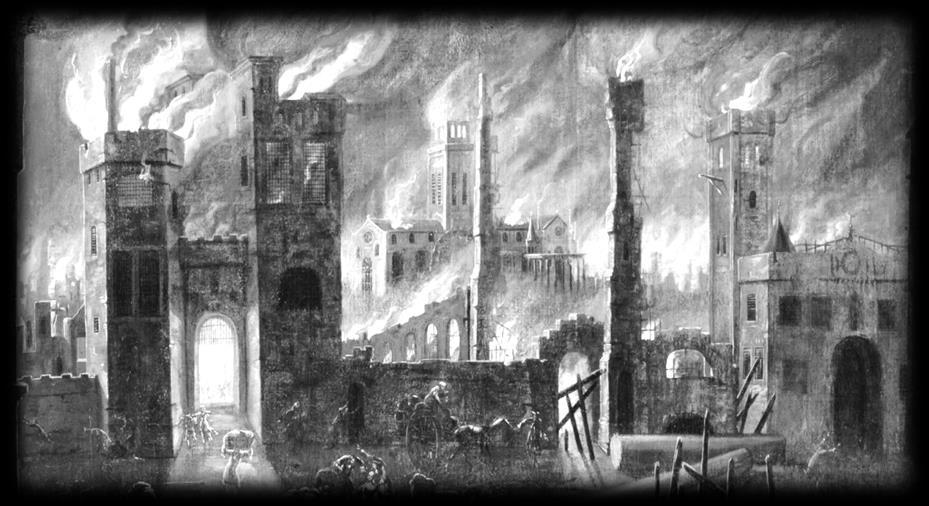
So, next time you are in London, make sure you visit these historic pieces of Roman wall!



Europe, Americas, Asia & Africa
